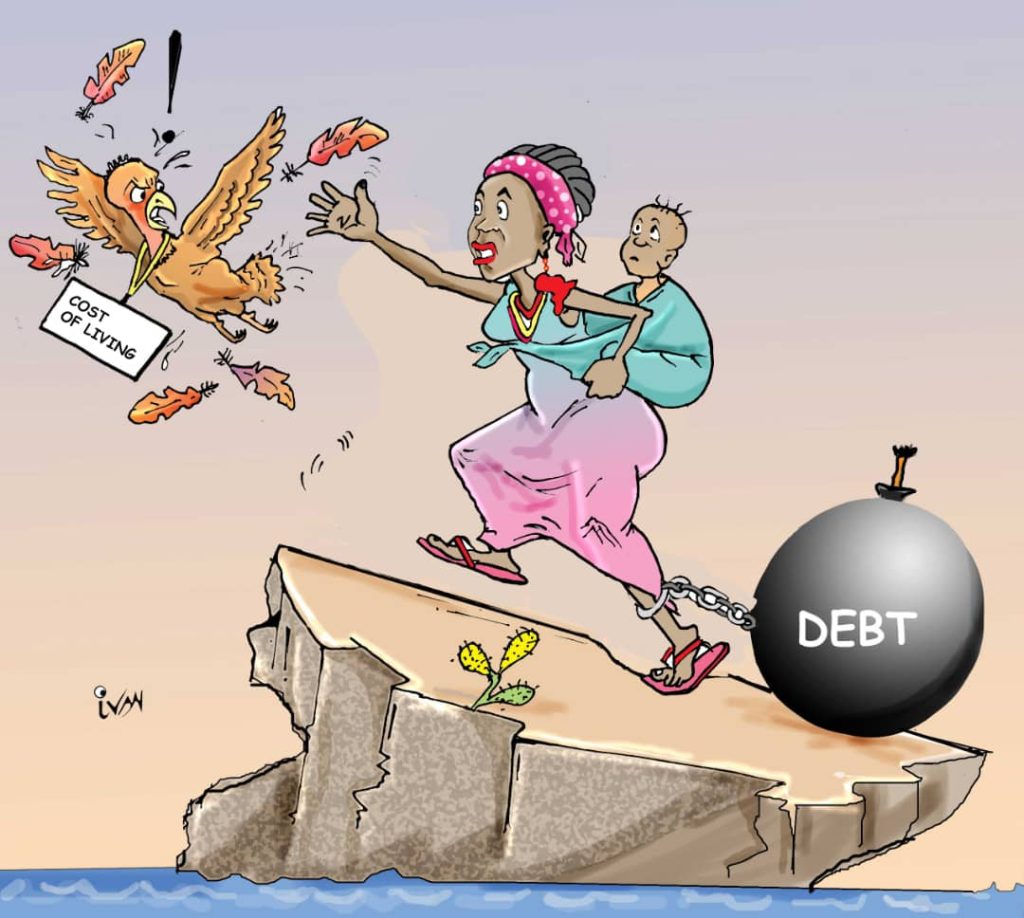Business
Kenya Breaches Debt Ceiling as AfDB Faults Parliamentary Oversight
Kenya has violated its own fiscal guardrails, with public debt climbing to 67.3 percent of GDP in early November, well above the 55 percent limit set under national law.
ALSO READ: Nairobi MCA Faces Bribery Claims Over Kileleshwa Billboard Permits

The breach of the Public Finance Management Act threshold marks a critical juncture for East Africa’s largest economy, where years of infrastructure spending have pushed borrowing to unsustainable levels.
Weak Oversight Fuels Borrowing Binge
The African Development Bank has laid blame squarely on institutional failures, saying both Parliament and the National Treasury lack the technical capacity to properly evaluate loan proposals and assess their long-term fiscal impact.
This weakness has allowed the government to sign expensive financing deals with opaque terms, the regional lender warns. Without adequate scrutiny, Kenya has accumulated debt through poorly negotiated agreements that carry hidden costs and unfavorable conditions.
The assessment suggests a pattern: loans approved without rigorous analysis of repayment capacity, interest rates, or currency risks. The result is a debt portfolio that has grown faster and cost more than necessary.
Mbadi Promises Course Correction
Finance Minister John Mbadi has proposed a borrowing cap of KSh 901 billion for 2025 as part of a fiscal adjustment plan designed to bring debt back under control. His strategy targets a return to the 55 percent threshold by 2027-2028 through a combination of revenue improvements and budget cuts.
Yet skepticism persists. Kenya has run budget deficits for years, and previous consolidation efforts have fallen short. Critics question whether the government can simultaneously slash spending, boost tax collection, and maintain public services without triggering economic slowdown or social unrest.
Infrastructure Gamble Backfires
The debt explosion stems largely from Kenya’s bet on infrastructure-led growth. Roads, railways, and power projects were financed through heavy borrowing on the assumption that economic expansion would make the debt manageable.
That calculation now looks questionable. While infrastructure may deliver returns over time, the immediate burden of servicing expensive loans is crowding out other spending priorities and limiting the government’s room to maneuver.
The legal breach adds a new complication: Parliament may now be forced to exercise closer scrutiny over future borrowing, potentially slowing access to credit just as the government seeks to refinance maturing obligations.
Treasury officials have yet to address how they plan to strengthen the loan evaluation process or respond to the AfDB’s criticism of institutional capacity.
Follow us on X
-

 News6 days ago
News6 days agoLarry Madowo Prepares Explosive Exposé on Alleged Samia Regime Brutality
-

 News5 days ago
News5 days ago‘Viumbe vya Ajabu’ Flood ICC twitter handle, Demanding Justice for Tanzanian protesters
-

 Featured1 week ago
Featured1 week agoTrump Blocks Kimambi Extradition, Issues Ultimatum: Free Tundu Lissu and 72 Political Prisoners
-

 Featured7 days ago
Featured7 days agoTanzania Charges 240 With Treason—A Crime Punishable by Death
-

 Featured1 week ago
Featured1 week agoTanzania Allegedly Seeks U.S. Cooperation to Send Back Activist Mange Kimambi Amid Post-Election Crackdown
-

 News5 days ago
News5 days agoClassroom Betrayal: Shocking Photos of Student and Teacher Ignite Parental Nightmare
-

 News5 days ago
News5 days agoFormer Botswana President Khama Denounces Tanzania’s Suluhu as ‘Illegitimate’ Leader
-

 Counties1 week ago
Counties1 week agoAspiring Kisauni MP Bashatir Praises Amadoh’s Efforts in Resolving Land Conflicts







